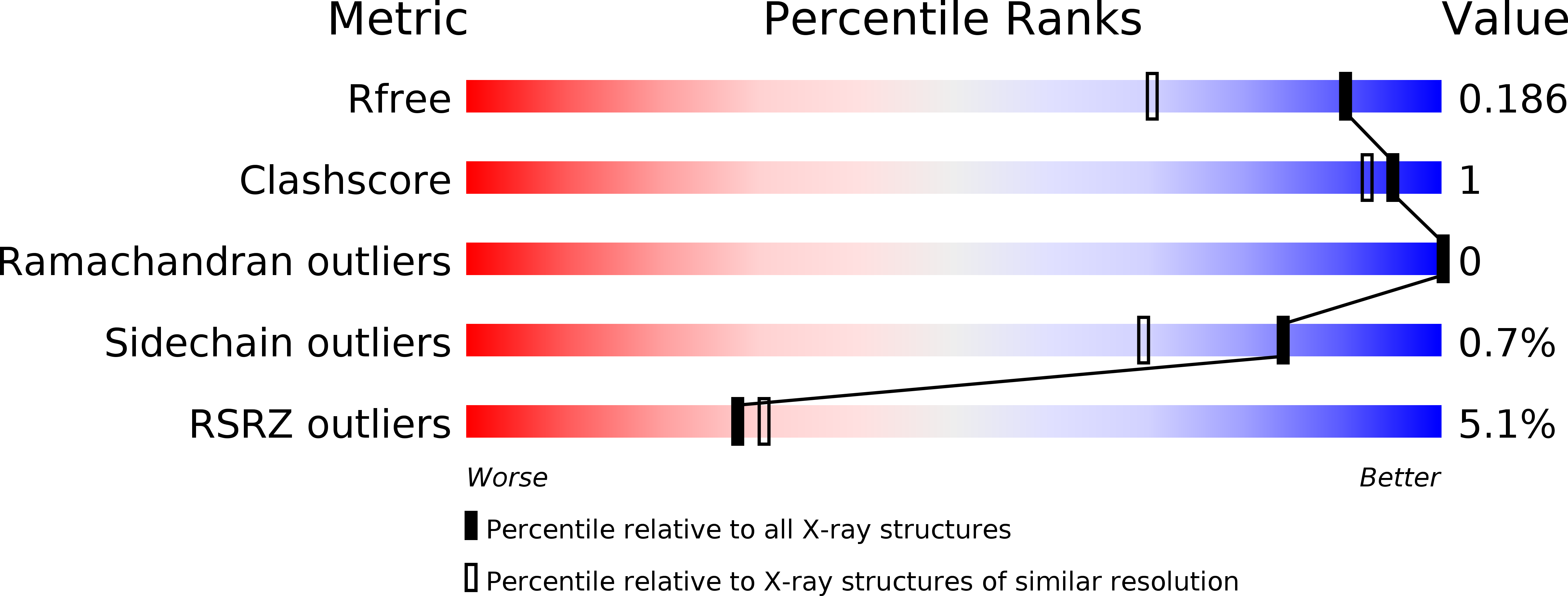
Deposition Date
2017-02-22
Release Date
2017-04-19
Last Version Date
2024-03-06
Entry Detail
PDB ID:
5UXF
Keywords:
Title:
Crystal Structure of mouse RECON (AKR1C13) in complex with Cyclic di-AMP
Biological Source:
Source Organism:
Mus musculus (Taxon ID: 10090)
Host Organism:
Method Details:
Experimental Method:
Resolution:
1.50 Å
R-Value Free:
0.18
R-Value Work:
0.16
R-Value Observed:
0.16
Space Group:
P 21 21 21


